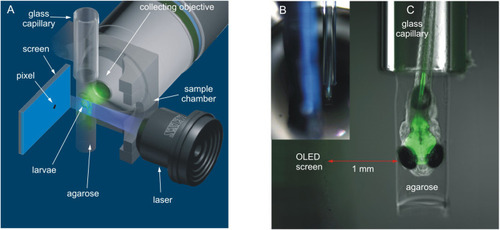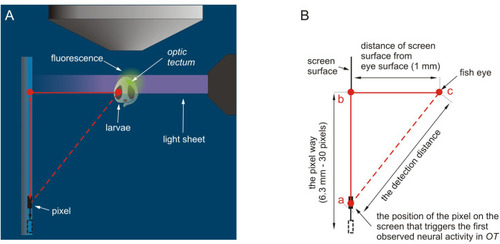- Title
-
The effects of temperature on the proxies of visual detection of Danio rerio larvae: observations from the optic tectum
- Authors
- Babkiewicz, E., Bazała, M., Urban, P., Maszczyk, P., Markowska, M., Gliwicz, Z.M.
- Source
- Full text @ Biol. Open
|
|
|
|
|
|
|
|




